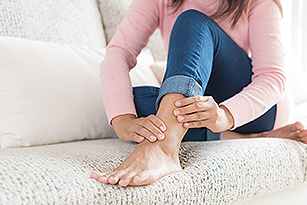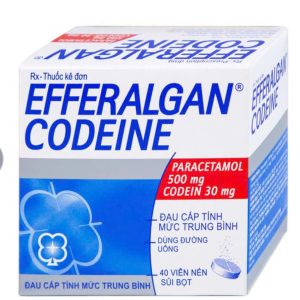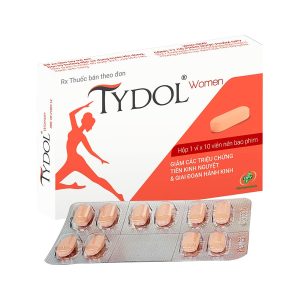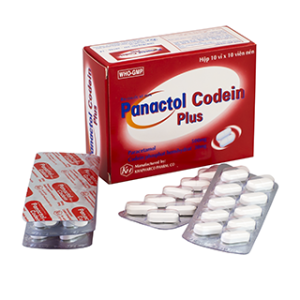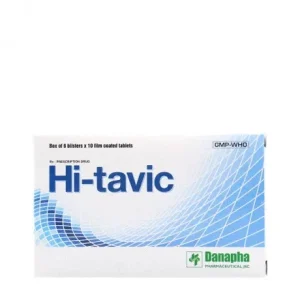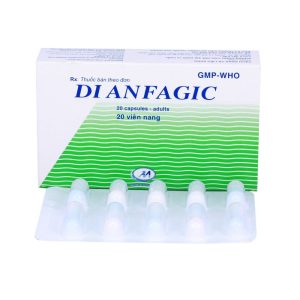We deliver to you every day from 7:00 to 23:00
The best discounts this week
Every week you can find the best discounts here.
How Do I Relieve Joint Pain in Cold Weather?
Cold weather can be a significant trigger for joint pain, especially for those suffering from conditions like arthritis. The drop in temperature often leads to stiff joints, aches, and increased discomfort. Fortunately, there are several effective strategies to relieve joint pain in cold weather. In this article, we’ll explore practical methods that can help manage and alleviate joint pain during the colder months.
Why Does Cold Weather Affect Joint Pain?
Cold weather often makes joint pain worse due to the effects of low temperatures and decreased circulation. As temperatures drop, the body naturally responds by constricting blood vessels, which can reduce blood flow to the joints. This can lead to increased stiffness and discomfort.
Moreover, the cold can cause the synovial fluid in your joints to thicken, making it harder for the joints to move smoothly. For people with arthritis, the cold weather exacerbates inflammation in the joints, making them feel even more painful.
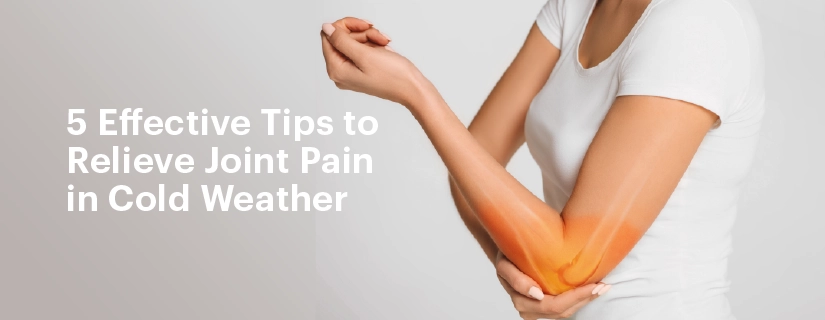
Tips for Relieving Joint Pain in Cold Weather
There are several approaches you can take to manage joint pain during the colder months. Let’s dive into the most effective methods for relieving discomfort and maintaining mobility.
1. Stay Warm and Layer Up
One of the simplest ways to combat joint pain in cold weather is to keep warm. Cold weather can cause muscles and joints to tighten, increasing pain and stiffness.
-
Wear warm clothing: Layer up with thermal wear, scarves, and gloves to keep your body warm and protect your joints from the chill.
-
Use heating pads: Apply heat to painful areas using heating pads or hot water bottles. Heat helps to relax stiff muscles and improve blood flow, providing much-needed relief.
2. Regular Exercise and Stretching
It may seem counterintuitive, but staying active can help alleviate joint pain. Regular exercise and stretching keep the muscles around your joints flexible and strong, reducing stiffness and discomfort.
-
Low-impact exercises: Engage in activities like walking, swimming, or yoga to keep your joints moving without putting too much strain on them.
-
Stretch regularly: Gentle stretching exercises can improve flexibility, reduce stiffness, and promote blood circulation to the joints.

3. Maintain a Healthy Weight
Excess weight puts added stress on the joints, particularly in areas like the knees, hips, and lower back. Maintaining a healthy weight is crucial in reducing joint pain and preventing further damage, especially during colder months when the joints may already be more sensitive.
-
Eat a balanced diet: Focus on anti-inflammatory foods such as fruits, vegetables, and omega-3-rich foods like fish to support joint health.
-
Exercise to manage weight: Regular physical activity will help keep your weight in check, which in turn reduces stress on your joints.
4. Stay Hydrated
Staying hydrated is just as important in cold weather as it is in hot weather. Cold weather can cause dehydration, which may affect the lubrication of your joints. When you’re dehydrated, the synovial fluid in your joints may become thicker, leading to more pain and stiffness.
-
Drink plenty of water: Ensure that you’re drinking adequate amounts of water throughout the day, even when you don’t feel thirsty.
-
Limit caffeine and alcohol: These drinks can contribute to dehydration, so it’s best to consume them in moderation.
5. Use Joint Protection Aids
Various aids and devices can help protect your joints during cold weather and reduce pain.
-
Supportive braces or wraps: Use joint braces or wraps to provide extra support for knees, wrists, or elbows during physical activities.
-
Orthopedic insoles: If you experience joint pain in your feet or knees, orthopedic insoles in your shoes can reduce pressure and help alleviate pain.
6. Take Anti-inflammatory Medications
If your joint pain becomes more severe, over-the-counter anti-inflammatory medications can help manage inflammation and relieve discomfort.
-
NSAIDs: Nonsteroidal anti-inflammatory drugs (NSAIDs), such as ibuprofen or naproxen, can be effective in reducing inflammation in the joints and providing temporary relief.
-
Topical creams: There are also topical treatments, like creams or gels, that can be applied directly to the painful joints for quick relief.
7. Warm Baths or Showers
A warm bath or shower can provide soothing relief to sore, stiff joints. The warmth helps to relax muscles and improve circulation, easing pain and promoting flexibility.
-
Epsom salt baths: Adding Epsom salts to your bath can enhance relaxation and help reduce inflammation due to its magnesium content.
-
Hot showers: A hot shower can be an excellent way to loosen up tight muscles and alleviate joint pain.
When to Seek Medical Advice
While these tips can help manage mild to moderate joint pain, it’s important to seek medical advice if your pain is persistent or worsens. Here are some signs that you should consult with a healthcare provider:
-
Severe or sudden pain: If you experience intense pain that doesn’t improve with home remedies, it’s time to see a doctor.
-
Swelling or redness: Persistent swelling, redness, or warmth around a joint could indicate infection or an underlying health condition that needs medical attention.
-
Limited mobility: If your pain is affecting your ability to move the joint or perform daily activities, it’s essential to seek professional advice.
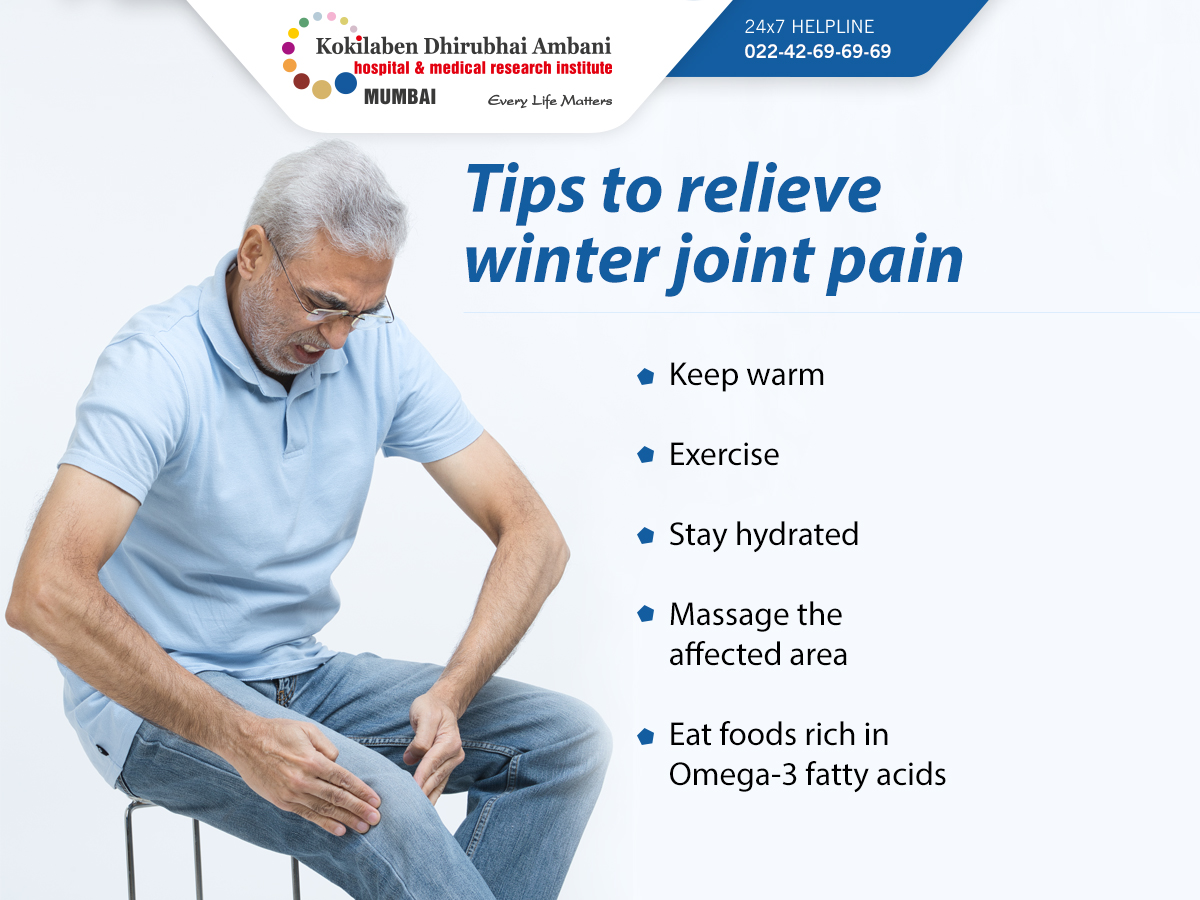
FAQs About Joint Pain in Cold Weather
Q: Can cold weather cause permanent joint damage?
A: Cold weather itself doesn’t directly cause permanent joint damage, but it can exacerbate symptoms of pre-existing conditions like arthritis. If left unmanaged, persistent pain and stiffness can lead to further joint deterioration.
Q: What are the best natural remedies for joint pain in cold weather?
A: Natural remedies like turmeric and ginger are known for their anti-inflammatory properties. Epsom salt baths and essential oils, such as peppermint oil, can also provide relief.
Q: Are there any exercises that should be avoided in cold weather?
A: It’s best to avoid high-impact activities like running on hard surfaces, especially when it’s cold, as they can put added strain on your joints. Instead, focus on low-impact exercises like swimming or cycling.
Q: Is it safe to use heating pads for joint pain?
A: Yes, heating pads are safe to use for joint pain relief. They help relax muscles and improve blood flow. However, avoid applying heat directly to inflamed joints as it could worsen swelling.
Conclusion
Managing joint pain in cold weather requires a multi-faceted approach, from staying warm to regular exercise and hydration. By adopting the right habits and techniques, you can minimize discomfort and continue to enjoy the winter season without letting joint pain control your life. If home remedies don’t work, be sure to consult with your healthcare provider to explore other treatment options.
